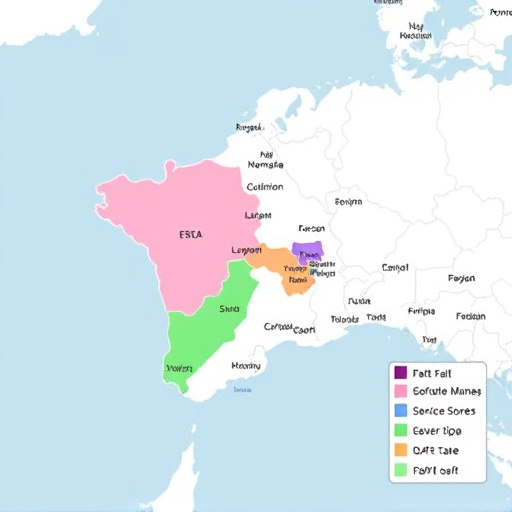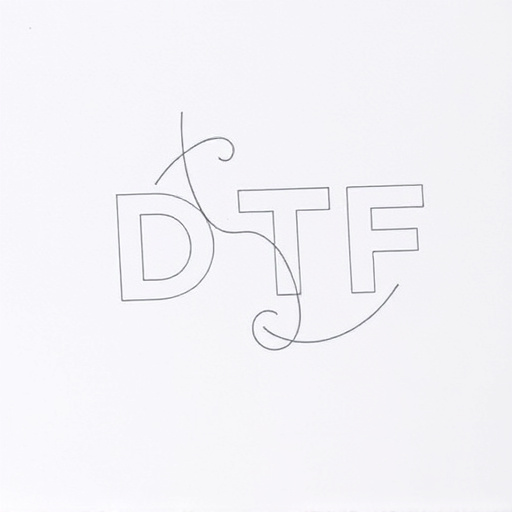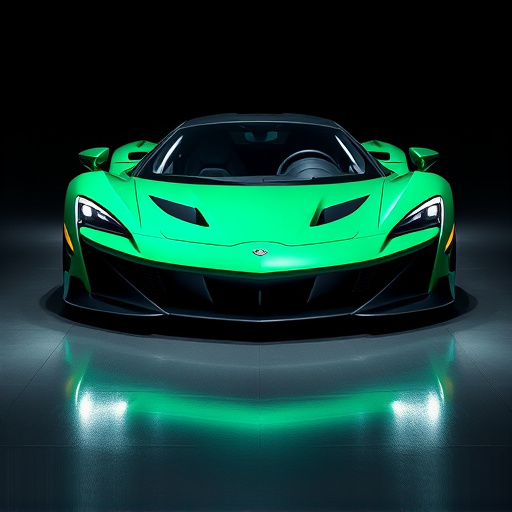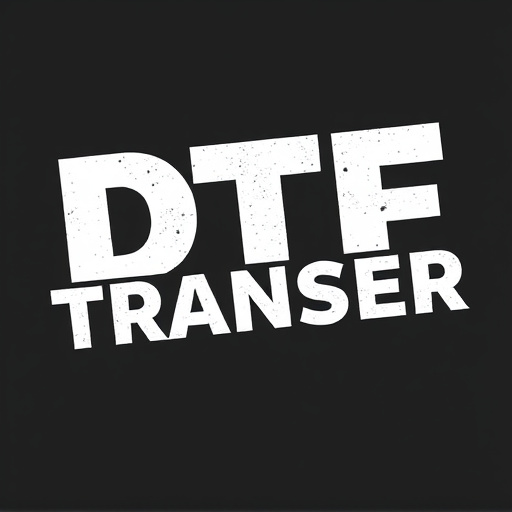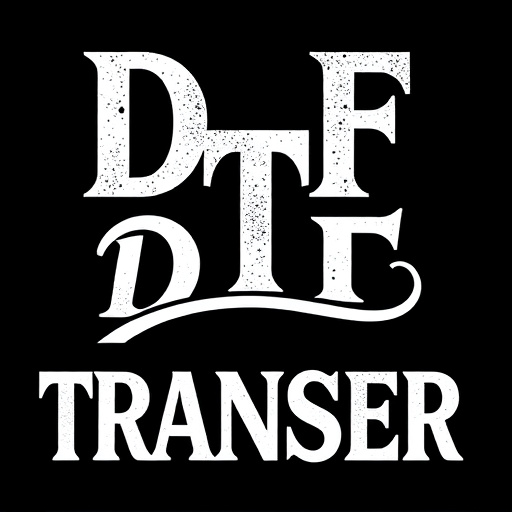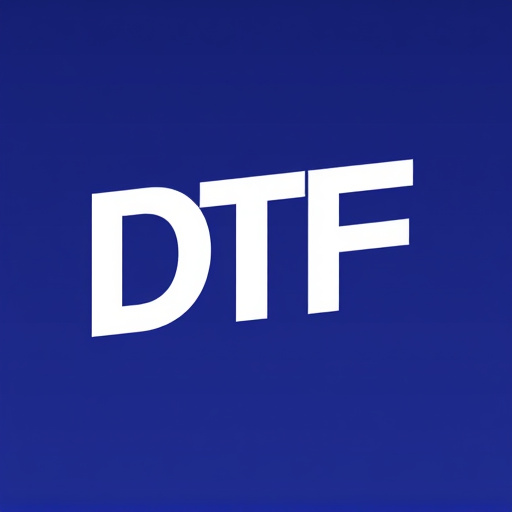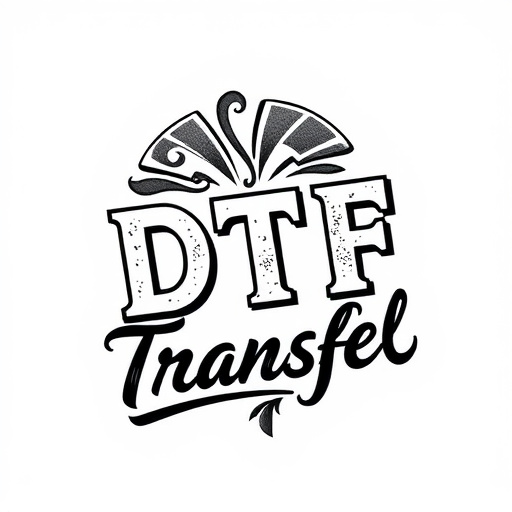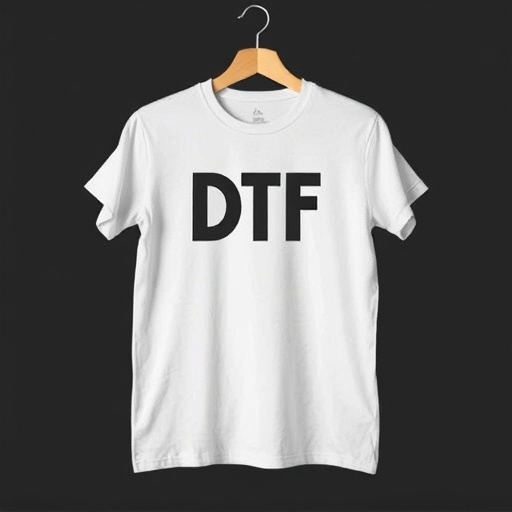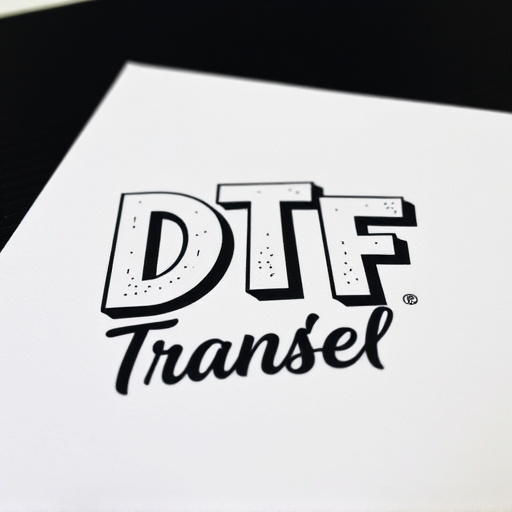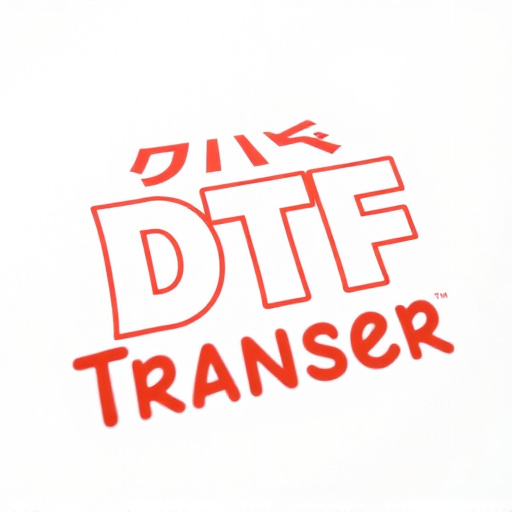DTF (Direct-to-Film) printing is a game-changer in print production, offering efficient multi-design printing on a single film, eliminating traditional plates. This technique streamlines processes, reduces waste, and delivers high-quality prints with vibrant colors for diverse applications like packaging and signage. Optimizing layout, choosing the right film and ink, and meticulously preparing design files enhances DTF Prints' efficiency and cost-effectiveness, appealing to print shops seeking enhanced productivity and customer satisfaction. With its versatility and global application in various sectors, DTF printing has become a preferred choice for modern printing needs.
In the realm of printing, Digital Thermal Transfer (DTF) prints stand out for their versatility and efficiency. This innovative technique allows for multiple designs to be arranged on a single film, streamlining the printing process. By understanding DTF Prints and their benefits, businesses can optimize production, reduce waste, and enhance creative possibilities. This article explores everything from the fundamentals of DTF prints to advanced tips for achieving high-quality results, with real-world case studies highlighting successful implementations.
- Understanding DTF Prints: A Brief Overview
- Benefits of Using Multiple Designs on a Single Film
- How to Efficiently Arrange Designs for Printing
- Choosing the Right Films and Ink for DTF Prints
- Tips for Achieving High-Quality Results
- Case Studies: Successful Implementations of DTF Prints
Understanding DTF Prints: A Brief Overview
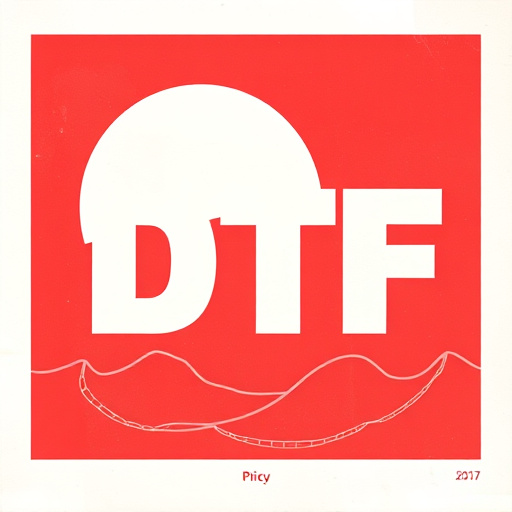
Direct-to-film (DTF) printing is a game-changer in the world of print production, especially for efficient multi-design printing on a single film. This innovative technique allows printers to produce high-quality, precise prints by directly applying ink to the surface of the film, eliminating the need for traditional plates. With DTF, designers can effortlessly arrange multiple unique designs onto a single film, streamlining the printing process and reducing waste.
This method is particularly beneficial for short-run or custom printing projects where versatility and speed are key. By using DTF technology, printers can offer clients an efficient and cost-effective solution, enabling them to create diverse, personalized designs with minimal set-up time. The direct transfer of images onto the film ensures sharp details and vibrant colors, making it a preferred choice for various applications, from packaging to signage.
Benefits of Using Multiple Designs on a Single Film
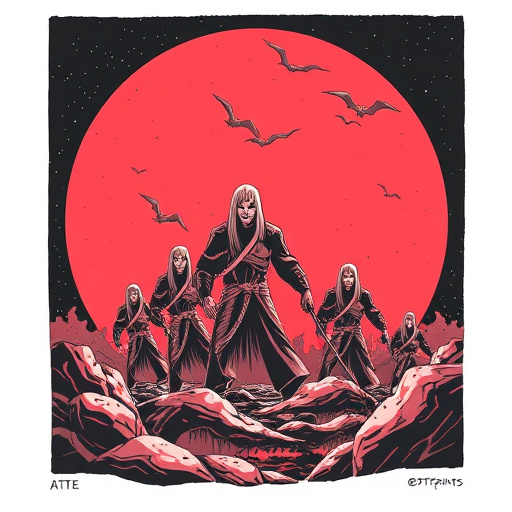
Using multiple designs on a single film for DTF (Direct-to-Film) prints offers significant advantages in terms of efficiency and cost-effectiveness for print businesses. Firstly, it allows for maximized utilization of the printing material, as each film can accommodate several unique patterns or images without additional setup costs for each design. This is particularly beneficial for small batch productions or custom orders where a wide range of designs needs to be printed on demand.
Moreover, the method streamlines the printing process by simplifying workflow. Instead of switching films between prints, designers and printers can quickly switch between different design layouts on a single film, reducing changeover times. This not only saves time but also minimizes potential errors introduced during frequent film changes. As a result, production capacity is increased while maintaining high-quality outputs, making it an attractive solution for print shops aiming to enhance their productivity and customer satisfaction.
How to Efficiently Arrange Designs for Printing
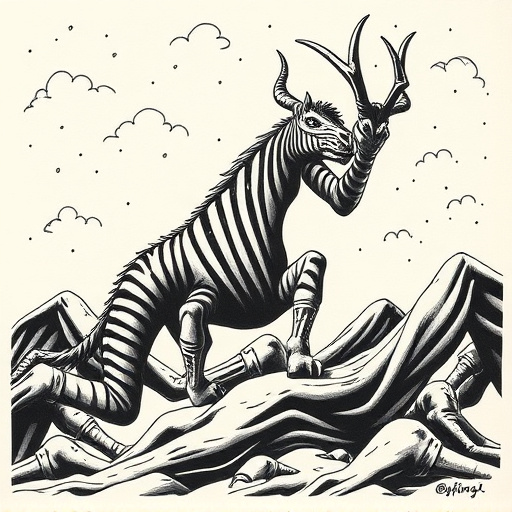
When arranging multiple designs on a single film for efficient printing, especially using Direct To Film (DTF) prints, it’s crucial to consider layout optimization. Start by assessing the space available on the film and the size of each design element. Arrange smaller designs around the perimeter or in corners to make the most of unused spaces. Larger designs should be placed strategically in the center to ensure they receive adequate exposure during printing.
Use software tools designed for DTF printing to precisely position each design. These tools allow you to visualize how the final print will look, ensuring that elements are not overlapping and that there is enough space between them for clear registration. This meticulous arrangement not only optimizes film usage but also guarantees high-quality prints, saving time and resources in the long run.
Choosing the Right Films and Ink for DTF Prints
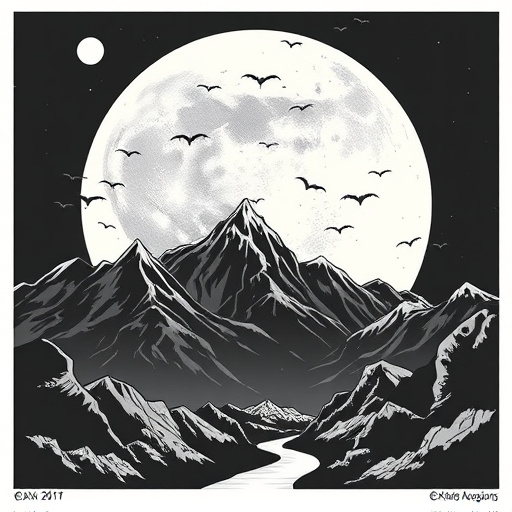
Choosing the right film and ink is a crucial step in achieving high-quality and efficient DTF (Direct to Film) prints. The suitability of the film depends on various factors, including the desired print outcome, substrate compatibility, and environmental conditions. For instance, some films are optimized for vibrant colors on glossy surfaces while others excel in durability and opacity for outdoor applications.
Ink selection is equally vital as it determines color accuracy, dry time, and adhesion to the film. DTF ink formulations vary, offering options for different print requirements. When selecting ink, consider factors such as compatibility with your printing technique, desired finish (matte or glossy), and whether the ink is suitable for specific substrates like plastic, cardboard, or fabric.
Tips for Achieving High-Quality Results

To achieve high-quality results with DTF (Direct to Film) prints, start by preparing your design files carefully. Ensure your artwork is optimized for printing at the desired resolution, typically 150-300 dpi, depending on the level of detail required. Use vector graphics whenever possible as they scale better than raster images.
Next, consider color profiles and mode settings. Using CMYK color profile and mode ensures accurate representation of your designs on the print film. Avoid using RGB or Pantone colors directly; instead, convert them to CMYK for consistent printing outcomes. Additionally, prepress checking is crucial to catch any potential issues early on. This includes checking for bleeds, safe areas, and ensuring all design elements are properly positioned for accurate cutting and printing.
Case Studies: Successful Implementations of DTF Prints
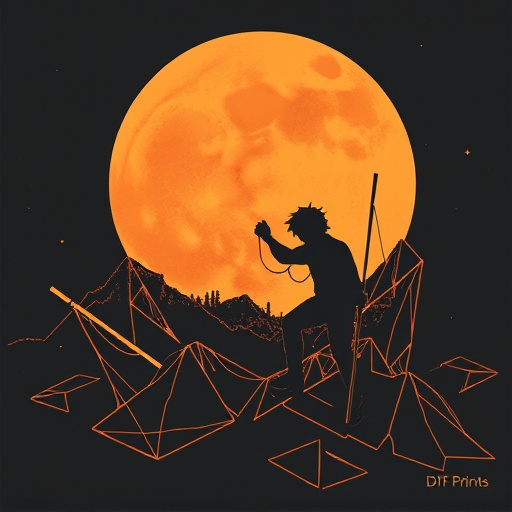
In recent years, Direct-To-Film (DTF) printing has emerged as a game-changer in the print industry, offering efficient and versatile solutions for various applications. Case studies from around the globe highlight successful implementations of DTF prints, showcasing its potential across different sectors. For instance, in retail, DTF technology enables dynamic in-store signage, allowing businesses to quickly update promotional materials and customize displays according to seasonal trends or specific product launches. This level of adaptability is particularly valuable for keeping customer engagement high and maximizing sales.
Moreover, the automotive industry has embraced DTF prints for vehicle personalization. Customized car wraps, featuring unique designs and brand logos, are now achievable through this method, offering a cost-effective way to express individual style. Additionally, manufacturing companies utilize DTF printing for rapid prototyping and small-batch production runs, reducing lead times and enhancing product development processes. These successful applications demonstrate the versatility and efficiency of DTF Prints, making them a preferred choice for modern printing requirements.



